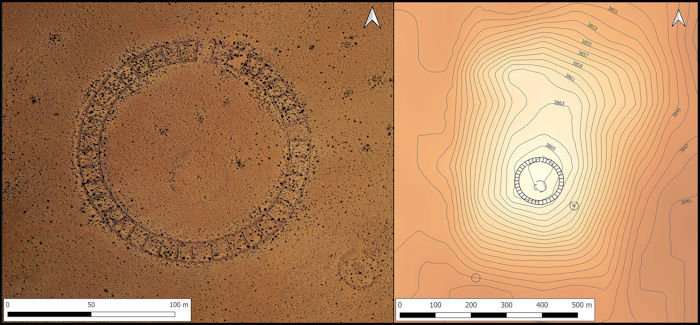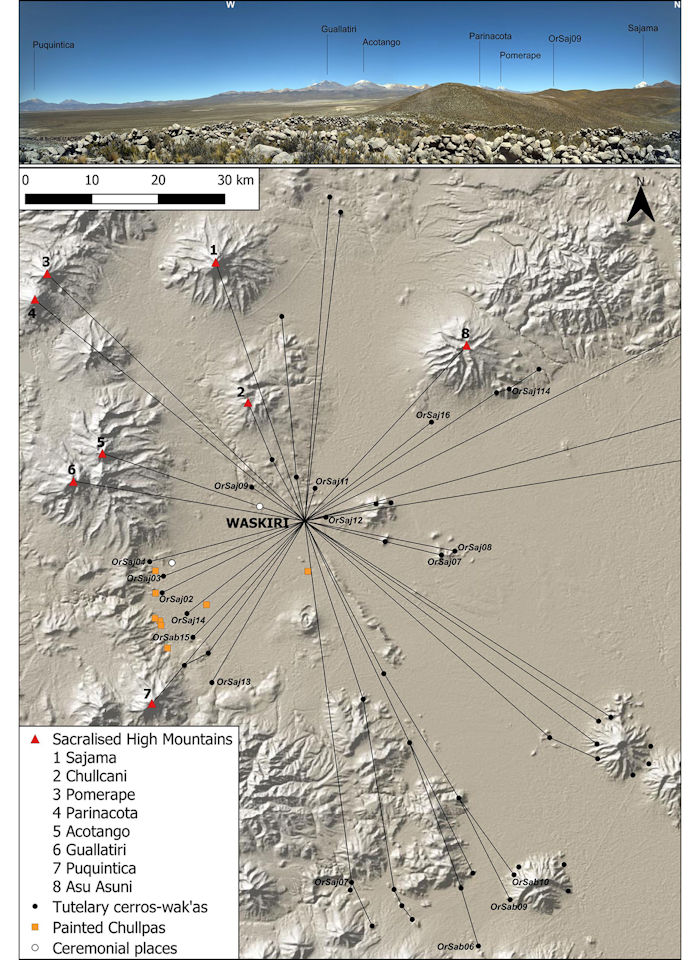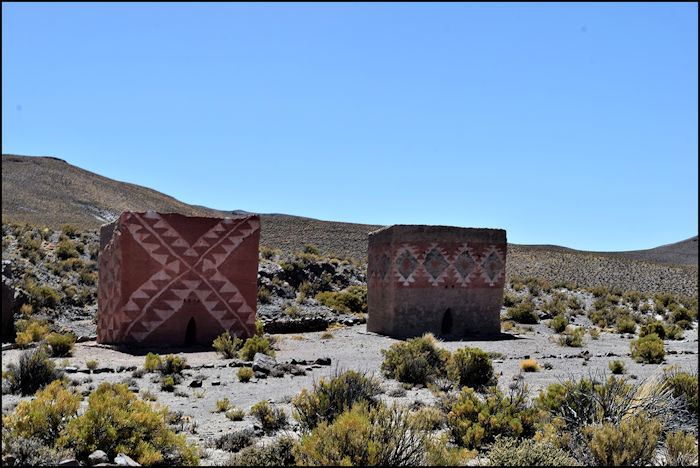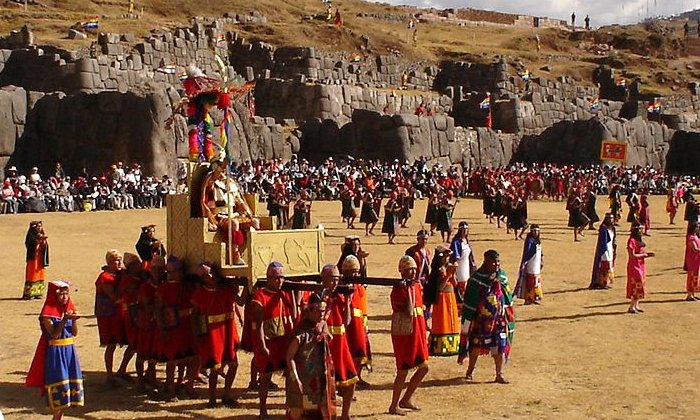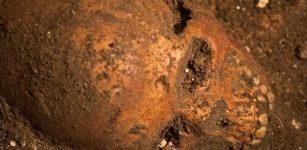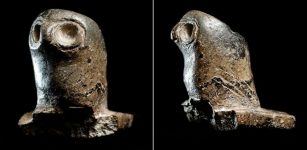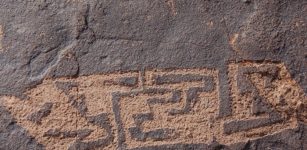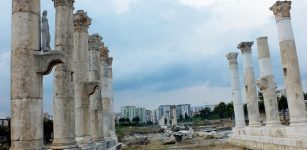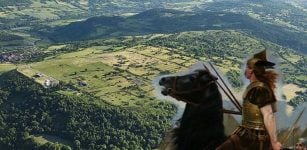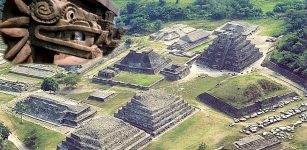Mysterious Ancient Andean Waskiri Structure Built For Unknown Purpose Investigated By Scientists
Conny Waters – MessageToEagle.com – While investigating at Waskiri, near the Lauca River and the Bolivian-Chilean border, archaeologists made a curious discovery. Scientists found an impressive circular construction on a small hill at the site. The Waskiri structure surprised researchers because of its large dimensions (140m in diameter), design, and regularity. According to researchers, it is a pre-Hispanic ceremonial center with unknown characteristics in the Andes. Why was this puzzling ancient structure built?
Photograph and site plan of Waskiri. Credit: P. Cruz
Scientists say we may find some clues in the chronicles of the evangelizing priest Bartolomé Álvarez who traveled through the Carangas region during the 1580s. “Álvarez received information about the existence of a ‘large circular building’, in which the main Indigenous authorities of the region, curacas and caciques, met to perform ceremonies for the Sun during the month of June—the Inti Raymi, one of the most important annual Incan ceremonies also described by Guaman Poma as well as for other religious celebration,” the scientists write in their study.
As explained previously on Ancient Pages, “ Inti Raymi is Inca’s Sun Festival traditionally celebrated at Cuzco on June 24, which marks the winter solstice, the shortest day of the year – the Inca New Year (in regions south of the equator the Gregorian months, June and July are winter months.).
Top view from Waskiri, showing the silhouettes of the main sacred mountains of the region; bottom) distribution of sacred sites around Waskiri. Credits: P. Cruz
It is an ancient Inca religious celebration of “The Inti or Sun.” Formerly the Inti Raymi lasted about 15 days, and the last Inti Raymi – carried out with the presence of the Inca Emperor – was in the year 1535; one year before ¨The Spanish Conquest¨ in 1536.
Today, it is a theatrical representation. Thousands of Cuzco and people from all over the world come together to this event, which is one of the most important cultural and traditional manifestations in this part of the world.
According to this ancient tradition, Inca honors the beginning of the new solar year, a time when the Sun makes its come back to provide warmth for all life. It is the rebirth of the Sun, the Inca royalty, and the mythical origin of the Inca people.”
Could the Waskiri structure have been constructed to celebrate Inti Raymi?
“The religious and political importance of these celebrations and sites was highlighted in the words of Álvarez when he described the attendees as entering a kind of “solemn drunkenness” in these highly particular buildings that he considered to be the “house and business of hell”.
Funerary towers of the Rio Lauca. Credit: P. Cruz
Various aspects of the site are particularly relevant in relation to Alvarez’s information. First, the design of the site, housing 39 perimeter enclosures distributed around a large central plaza, is consistent with the congregation of authorities and their retinues from different localities.
Also, the location of Waskiri in a desert area, separate from any pre-Hispanic settlement or agricultural sector, may have factored into its use as a regional ceremonial centre, located in a neutral or common space. Regardless, Waskiri is centrally located within the religious cartography of the region, connected visually and spatially with the principal sacred mountains, numerous walled concentric sites, funerary towers ornamented with designs that replicate Inca textiles , and other geo-symbolic markers.
Inti Raymi (Festival of the Sun) at Sacsayhuaman, Cusco. Image credit: Cyntia Motta – CC BY-SA 3.0
In this sense, the radial design of the site and its linkage with the main religious landmarks of the region—all considered to be wak’as—mirrors the Incan ceque system, the paths that ordered the sacred geography in Cuzco, the capital of their empire,” the research team explains.
Scientists discovered that “the radial walls that delimit the 39 enclosures around the perimeter of Waskiri reflect a structure that is very much akin to that of the Incan ceque of Cuzco. If the divisor walls of Waskiri did indeed represent a ceque system, this would be more explicit evidence that the Incas replicated the symbolic structure of Cuzco in the regions they colonised,” researchers concluded.
One logical assumption is that the Andean Waskiri structure was deliberately built to celebrate Inti Raymi and control the weather.
The study was published in the journal Antiquity
Written by Conny Waters – MessageToEagle.com – AncientPages.com Staff Writer

